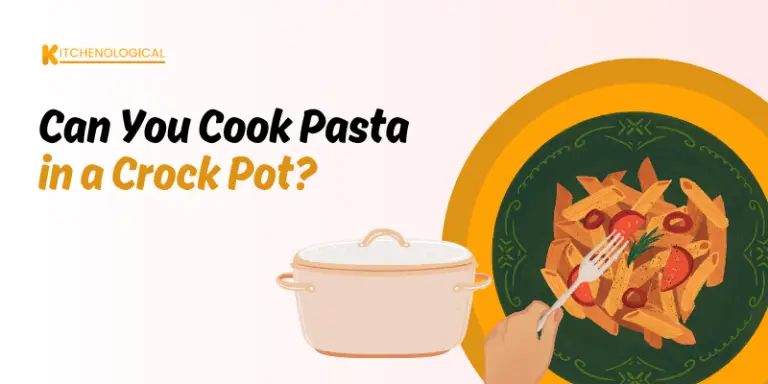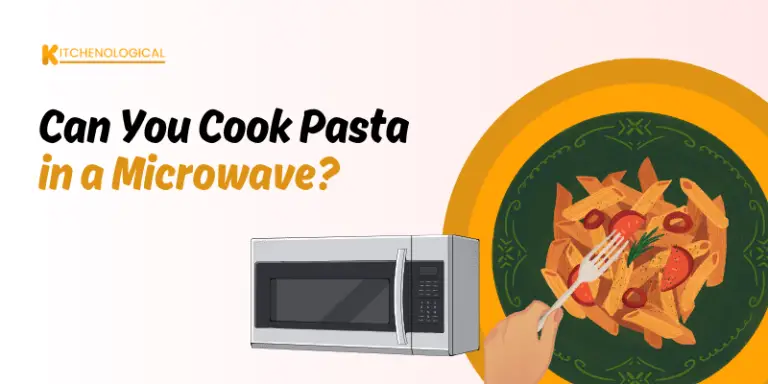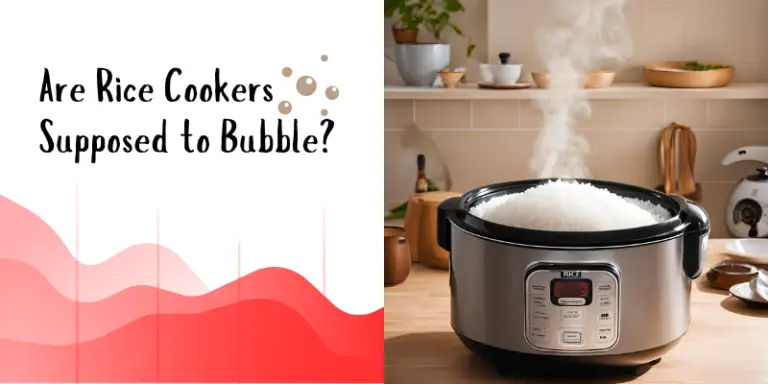We review and select products independently. Purchases through our links may earn us a small commission. Learn more.

Creating a sustainable kitchen is an important aspect of reducing our environmental footprint. By incorporating eco-friendly features into our kitchen design, we can reduce our energy and water usage, as well as minimize waste.
But, what exactly is a sustainable kitchen? A sustainable kitchen is one that uses materials and appliances that are environmentally friendly, energy-efficient, and emphasize sustainable practices such as waste reduction and water conservation.
Energy Efficiency
A sustainable kitchen should prioritize energy efficiency when it comes to appliances and lighting. This results in less energy use and cost savings over time. Choose appliances that have an ENERGY STAR rating; refrigerators, dishwashers, stovetops, and ovens that are energy-efficient will help reduce your overall energy usage. And you can find more about proper way of maintain a sustainable kitchen from experiencethekitchen.com as they are the gurus in this.
Make sure to also have proper ventilation to ensure healthy air quality, and consider investing in energy-saving lighting such as LED bulbs and fixtures. A smart thermostat can also help regulate temperature efficiently, and can save energy and money on heating and cooling.
Materials
When designing a sustainable kitchen, it’s important to choose materials that are eco-friendly and healthy for the home. Opt for materials that are made from sustainable resources such as bamboo and cork, or durable materials such as concrete and stainless steel.
Consider using recycled or repurposed materials, such as reclaimed wood for cabinetry, and avoid materials that contain harmful substances. Investing in durable and long-lasting materials will reduce the need for frequent replacements, and will save you money in the long run.
Water Conservation
In a sustainable kitchen, water conservation is important. Upgrading your faucets and showerheads to models that have a low flow can save up to 50% of water usage. Dishwashers and laundry machines can also be switched out with more efficient models, and graywater systems or rainwater harvesting can be installed to collect and reuse water for things like plant watering and cleaning. These practices help conserve water, save money on water bills, and reduce the overall environmental impact.
Waste Reduction and Management
Reducing and managing waste is a crucial element of sustainable kitchen design. Composting and food waste reduction can be implemented by setting up a compost bin, and purchasing a disposal or pulper that can convert food scraps into fertilizer.
Recycling and proper waste disposal can also be managed by setting up a recycling station that sorts paper, cardboard and plastic. Reduce packaging by buying in bulk or using refillable containers for cleaning products, and opt for smart storage solutions to help keep food fresh for longer periods of time.
Other Sustainable Features
In addition to the above features, there are other design elements that can make a kitchen more sustainable. Maximizing natural light and airflow can help reduce the need for artificial lighting and air conditioning.
Adding greenery and indoor plants can help improve indoor air quality and add a natural aesthetic to the kitchen. Efficient space utilization can help make the most of the kitchen’s layout, and taking into consideration the needs of disabled or elderly residents can improve functionality for all.
Conclusion
In conclusion, designing a sustainable kitchen requires a thoughtful consideration of each aspect of the kitchen design plan. By incorporating efficient materials, energy-saving appliances, and conservation practices for both water and waste, the result will be an environment-friendly kitchen that not only reduces your environmental impact but also saves on utility bills.
FAQs
What are some benefits of sustainable kitchen design?
Sustainable kitchens promote a healthier environment and a safer home. They reduce energy and water usage, creating cost savings on utility bills over time, and the eco-friendly materials and practices used in their construction are less harmful to the planet.
How can I choose the most efficient appliances?
Choosing appliances like juicers, refrigerators, rice cookers, etc. with an ENERGY STAR rating is an excellent place to start. These appliances have been certified for their energy efficiency, and they can save a substantial amount of energy and lower utility bills in the long run.
What materials are most sustainable for kitchen cabinets and countertops?
Materials that are eco-friendly, durable, and easy to clean are best for the kitchen. Options such as bamboo, cork, concrete, and stainless steel are all excellent choices.
How can I reduce waste in my kitchen without sacrificing convenience?
Smart storage solutions are an easy way to reduce waste and keep your kitchen organized. Opting for refillable containers for cleaning products, recycling any glass, paper and plastic, and using compostable material will help reduce waste without having to sacrifice convenience.
Can I make my kitchen sustainable without renovating?
Yes, you can make your kitchen sustainable without renovating by adopting practices such as reducing food waste, using eco-friendly cleaning products, composting, and choosing energy-efficient appliances.













